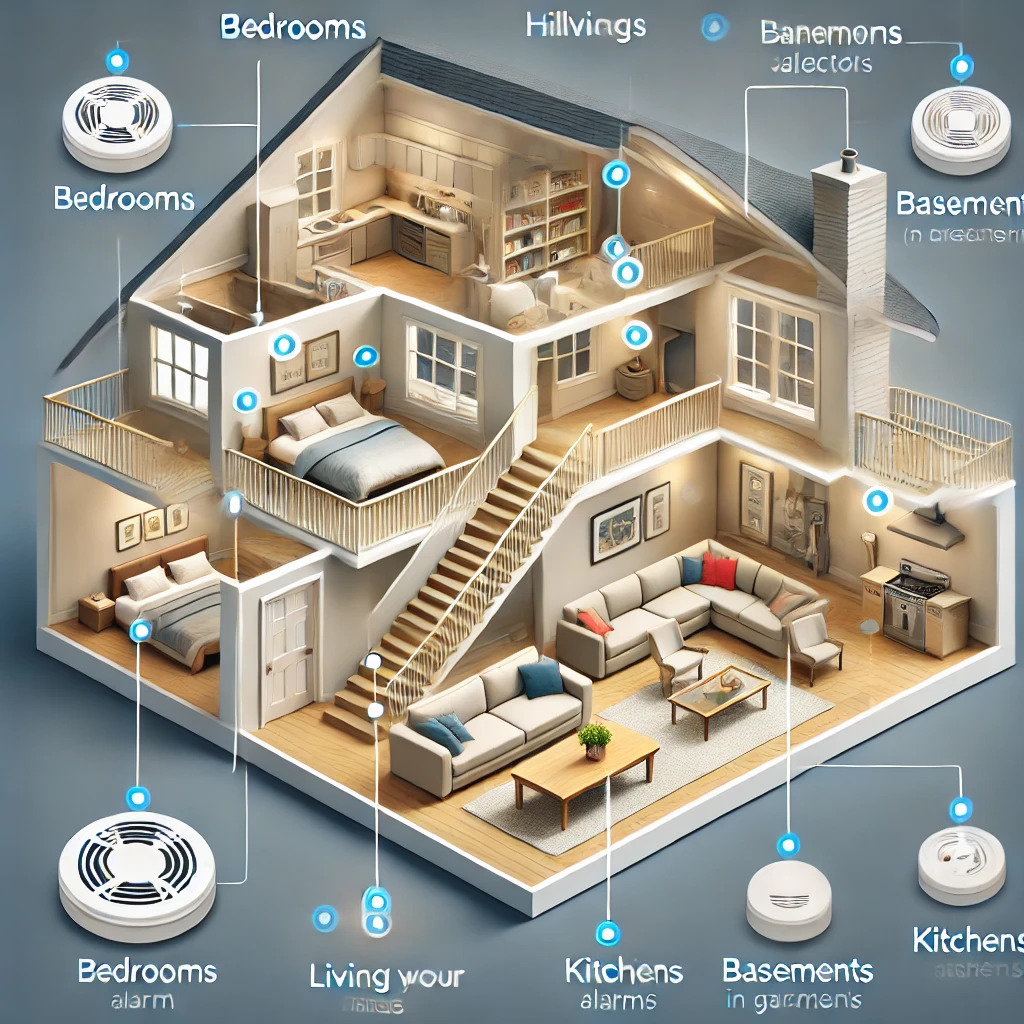
Introduction: A Life-Saving Wake-Up Call
It was a quiet night in the Johnson household. The family of four had just settled into bed after a busy day. Little did they know, a frayed wire in their living room lamp was sparking, slowly igniting the curtain beside it. Within minutes, the fire grew, spreading smoke throughout the house. Thankfully, their smoke detector pierced the silence with its shrill alarm, waking everyone in time to escape safely. Without it, the story might have ended tragically.
Stories like this underscore the life-saving importance of smoke detectors. According to the National Fire Protection Association (NFPA), nearly three out of five home fire deaths occur in properties without working smoke alarms. This article will delve into why smoke detectors are critical, how to install them correctly, and the essential maintenance practices that keep them operational.
Why Smoke Detectors Matter
Smoke detectors are a first line of defense in home fire safety. They provide early warnings that can mean the difference between life and death. Here are some key facts:
- Fire Spread Speed: Modern homes burn faster than older ones due to synthetic materials and open floor plans. A small flame can turn into a life-threatening fire in less than five minutes. (Source: NFPA)
- Risk Reduction: Homes with working smoke alarms reduce the risk of dying in a fire by 55%. (Source: National Institute of Standards and Technology, NIST)
- Awareness During Sleep: Most fire fatalities occur during the night when people are asleep. Smoke detectors wake occupants, giving them precious seconds to escape. (Source: U.S. Fire Administration)
Installation Tips
Proper installation of smoke detectors is crucial for maximizing their effectiveness. Here are some expert recommendations:
- Placement Matters: Install smoke alarms inside every bedroom, outside each sleeping area, and on every level of your home, including the basement.
- Ceiling Installation: Mount alarms on ceilings or high on walls, as smoke rises. Keep them at least 10 inches away from corners to avoid dead air spaces.
- Interconnect Alarms: If one alarm sounds, all alarms should sound. Many modern smoke detectors can be interconnected wirelessly.
- Special Areas: Use specialized alarms for kitchens and garages to reduce false alarms. For example, heat detectors are better for garages as they are less sensitive to dust and fumes.
Maintenance Tips
Regular maintenance ensures that smoke detectors work when you need them most. Follow these guidelines:
- Test Monthly: Press the test button on each unit to ensure it’s functioning properly.
- Replace Batteries: Change the batteries at least once a year, or when the low-battery chirp sounds. Consider using alarms with long-life lithium batteries for added convenience.
- Clean Regularly: Dust and debris can interfere with a detector’s sensors. Use a vacuum or soft brush to clean the unit every six months.
- Replace Units: Smoke detectors don’t last forever. Replace them every 10 years, or as recommended by the manufacturer.
- Keep Clear: Ensure detectors are not painted over or obstructed by furniture or decorations.
Advanced Technologies in Smoke Detection
Modern smoke detectors come with innovative features that enhance safety:
- Smart Alarms: These connect to your smartphone, sending alerts even when you’re away.
- Dual-Sensor Technology: Combines ionization and photoelectric sensors to detect both flaming and smoldering fires.
- Voice Alerts: Some models use voice notifications, which may be more effective at waking children than traditional alarms.
